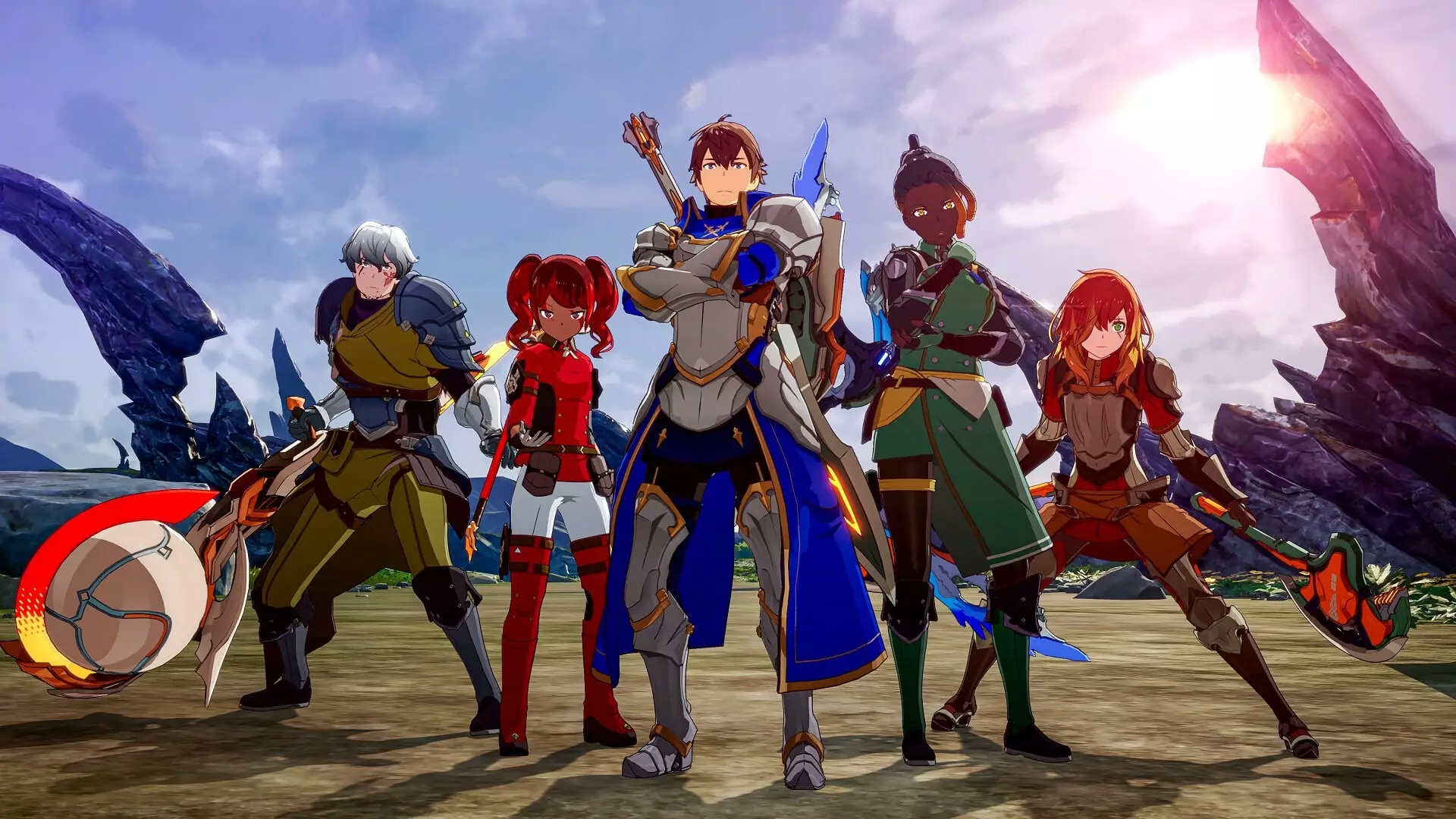In a world where digital products often meet an abrupt end, the comeback of Bandai Namco’s Blue Protocol stands as an exciting and somewhat unorthodox development. Initially launched to mixed reviews in Japan and subsequently shut down in February 2025, many had assumed that the MMORPG was consigned to the annals of gaming history. However, to the astonishment of fans and industry observers alike, the game has been revived by the Tencent-backed studio, Bokura, and is set to make its debut in North America, Europe, and Latin America under the new banner of Blue Protocol: Star Resonance.
Learning from Past Mistakes
The shut-down of the original version can be seen as a vivid reminder of the importance of thoughtful game design and player engagement. As the development team candidly admitted, their efforts had failed to resonate with their audience. Their commitment to delivering an authentic experience akin to stepping into an anime narrative fell short of expectations. However, what’s intriguing about the new iteration is the palpable shift in their approach. Bokura appears to be embracing a philosophy of intensive player feedback and iterative improvement, evident from their assurance to enhance the experience to be more engaging and tailored to players’ desires.
This pivot is crucial in a gaming landscape that’s teeming with options. Gamers today are discerning and demand much more than just aesthetics; they seek captivating narratives, rich character development, and immersive gameplay. Bokura seems to recognize this need and is ready to mend the disconnect that once plagued Blue Protocol.
Anticipation Builds with Fresh Marketing Strategies
With the launch of Blue Protocol: Star Resonance, the developers are employing a revitalized marketing strategy designed to reignite excitement among both former players and newcomers. The release of new trailers and promotional materials teases a more polished aesthetic and gameplay experience—a deliberate maneuver to draw attention and reignite the fascination that Blue Protocol originally garnered upon its announcement. There’s an element of suspense and intrigue that now surrounds the game as it prepares for its global launch, setting the stage for an entirely new chapter.
There’s no doubt that the enhanced visibility surrounding the game’s re-release is strategic. By learning from the lessons of its past, the development team aims to turn what could have been seen as a failed product launch into a triumph of resurgence. This not only emphasizes Bokura’s ambitions but also taps into gamers’ nostalgia and desire for redemption arcs, both in narratives and in gaming.
The Cultural Impact of Revived Titles
The revival of Blue Protocol serves not just as a case study in game development but also reflects broader trends in the gaming industry. In an age where cancellations are commonplace, a second chance can often be a powerful narrative tool for developers. This saga symbolizes resilience and a profound understanding that sometimes, it takes failures to truly grasp what players want and need.
Indeed, the evolution of Blue Protocol from a terminated project to a hopeful revival sends a thrilling message: perseverance in the face of adversity can yield remarkable results. As the gaming community eagerly awaits this new journey, it’s apparent that Blue Protocol: Star Resonance is more than just a game; it’s a symbol of renewed hope and the ever-shifting tides of creativity in the digital age.


Leave a Reply